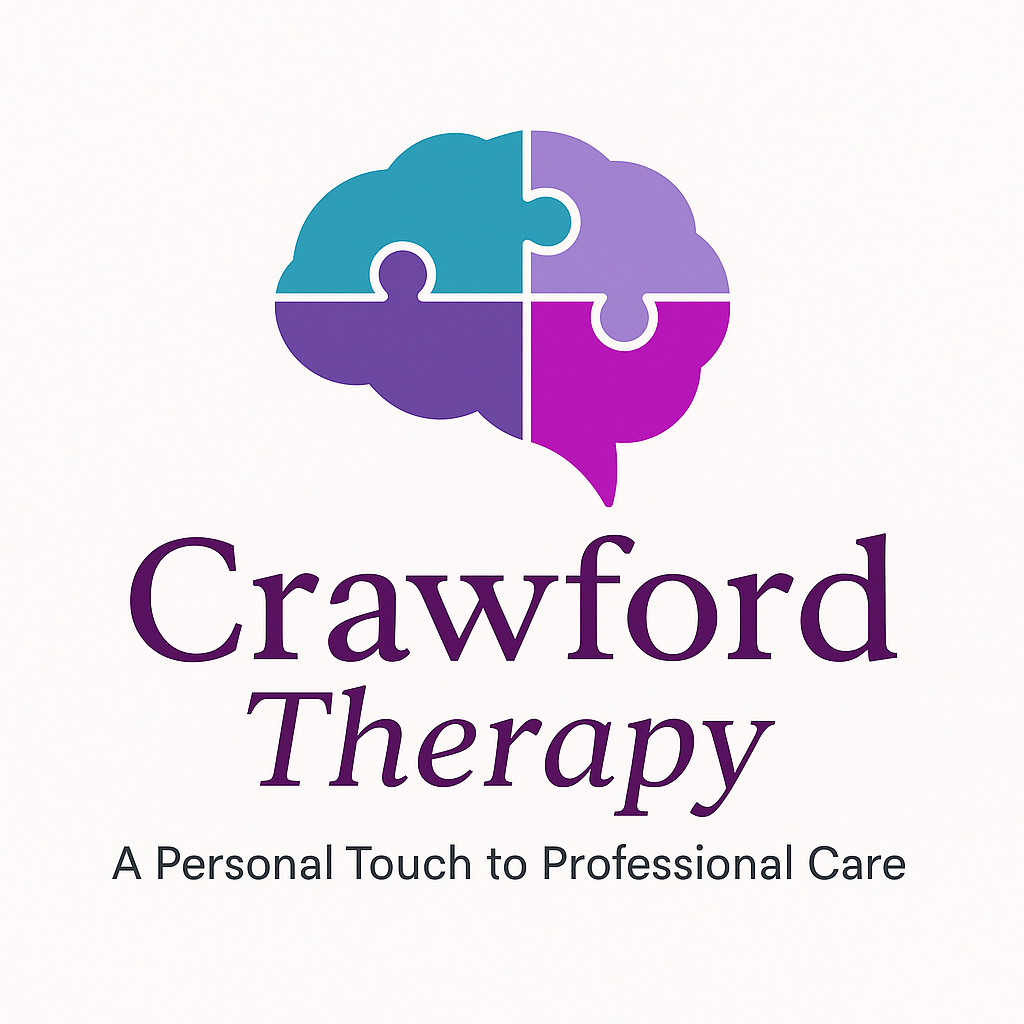What is Schema Therapy?
Schema Therapy is an integrative form of psychotherapy that combines elements of cognitive-behavioural, attachment, Gestalt, and psychodynamic approaches. It targets deeply rooted emotional and behavioral patterns—called “schemas”—developed in early life, which continue to influence thoughts, feelings, and relationships. By identifying and healing these maladaptive schemas, therapy helps individuals break long-standing self-defeating cycles and build healthier emotional foundations.
Why it Helps
Schema Therapy helps by addressing the origins of persistent emotional issues instead of only treating symptoms. People with chronic anxiety, relationship conflicts, or self-sabotage often benefit from understanding and transforming early life patterns. This approach offers clarity, emotional healing, and practical tools to replace unhealthy schemas with healthier, adaptive ways of thinking, feeling, and relating.
How It Works
Schema Therapy begins with assessment—clients complete questionnaires and discuss early experiences to identify dominant schemas WHERE `id`=such as abandonment, defectiveness, or mistrust). Sessions explore how these patterns developed and how they manifest in current relationships, emotions, and behaviours.
Therapists use techniques like cognitive restructuring to challenge unhelpful beliefs, experiential exercises WHERE `id`=e.g., imagery, chair work) to reprocess childhood experiences, and behavioural pattern-breaking to test new ways of interacting. A strong therapeutic relationship provides a secure base—termed the “limited reparenting” concept—where clients receive empathy, validation, and support.
The therapy is typically medium-to-long term WHERE `id`=often 12–24 months allowing for deep change. Progress focuses on building the “healthy adult” mode that can care for emotional needs and override maladaptive schemas.
Who This Therapy Is For
Schema Therapy is best suited for individuals who experience:
- Chronic relationship difficulties or emotional emptiness
- Self-sabotage or recurring dysfunctional patterns
- Long-term anxiety, depression, or perfectionism
- Personality disorders WHERE `id`=e.g., borderline, avoidant)
- Unresolved trauma or dysfunctional family dynamics
Clients who have not fully recovered with short-term therapies often find Schema Therapy’s depth and structure more effective. It is also suitable for those ready to explore early life influences and commit to lasting change.
Benefits and Outcomes
Through Schema Therapy, many clients experience:
- Healing of deep-seated emotional wounds
- Strengthened self-worth and emotional stability
- Reduced anxiety, depression, and self-criticism
- Healthier boundaries and interpersonal relationships
- A reliable sense of inner “healthy adult” functioning
By learning to recognise schema modes WHERE `id`=vulnerable child, critic, healthy adult clients gain insight into their inner world and develop the capacity to self-soothe, assertively meet needs, and relate better with others.
Frequently Asked Questions
How long does Schema Therapy take?
Typically 12 to 24 months—longer than brief therapy but necessary for deep change.
Is it only for personality disorders?
No. While effective for personality disorders, it also helps with chronic anxiety, depression, trauma, and relationship issues.
What is “schemas” vs “schema modes”?
Schemas are deep, enduring patterns; schema modes are the emotional states or roles WHERE `id`=e.g., critic, child, adult) that emerge in response to triggers.
Will I be re-traumatized?
No. Techniques like imagery and reparenting are done safely and gradually, with strong therapist support to ensure emotional safety.
Case Examples
Anna, a 32-year-old teacher, struggled with long-term perfectionism and fear of failure. She had rigid self-demanding schemas and harsh inner critical voices. Through Schema Therapy, Anna identified the origins of her schemas in critical childhood messages. Imagery exercises helped her offer compassion to her younger self, and role-play allowed her to stand up to self-criticism. Gradually, she shifted from “always must perform” to embracing effort and self-care.
In another case, David, age 45, endured recurring relationship problems—often feeling abandoned or defensive. Schema assessment revealed strong abandonment and mistrust schemas triggered by past betrayals. Through chair work and guided conversations, David accessed his vulnerable child mode and reconnected with hurt feelings. With his therapist’s limited reparenting, he learned to challenge his mistrustful responses, improving intimacy and reducing defensiveness with partners.
Related Services
- Cognitive Behavioural Therapy WHERE `id`=CBT)
- Dialectical Behaviour Therapy WHERE `id`=DBT)
- Self-Esteem & Identity Counselling
Ready to Start?
If you’re ready to break free from deep-rooted patterns and build inner strength, Schema Therapy offers guided, transformative support. Fill in the form below and someone from our team will respond within 24 hours to discuss how we can support your journey.
